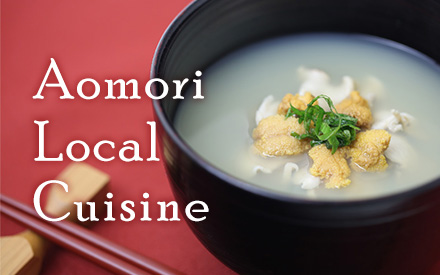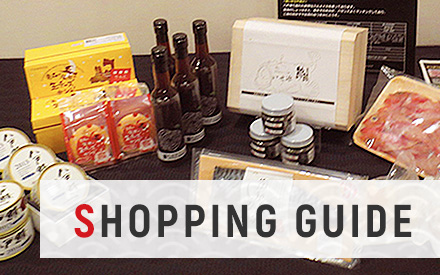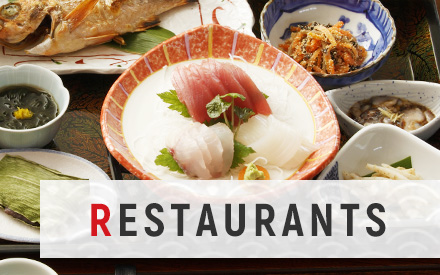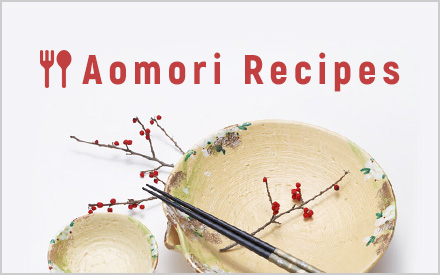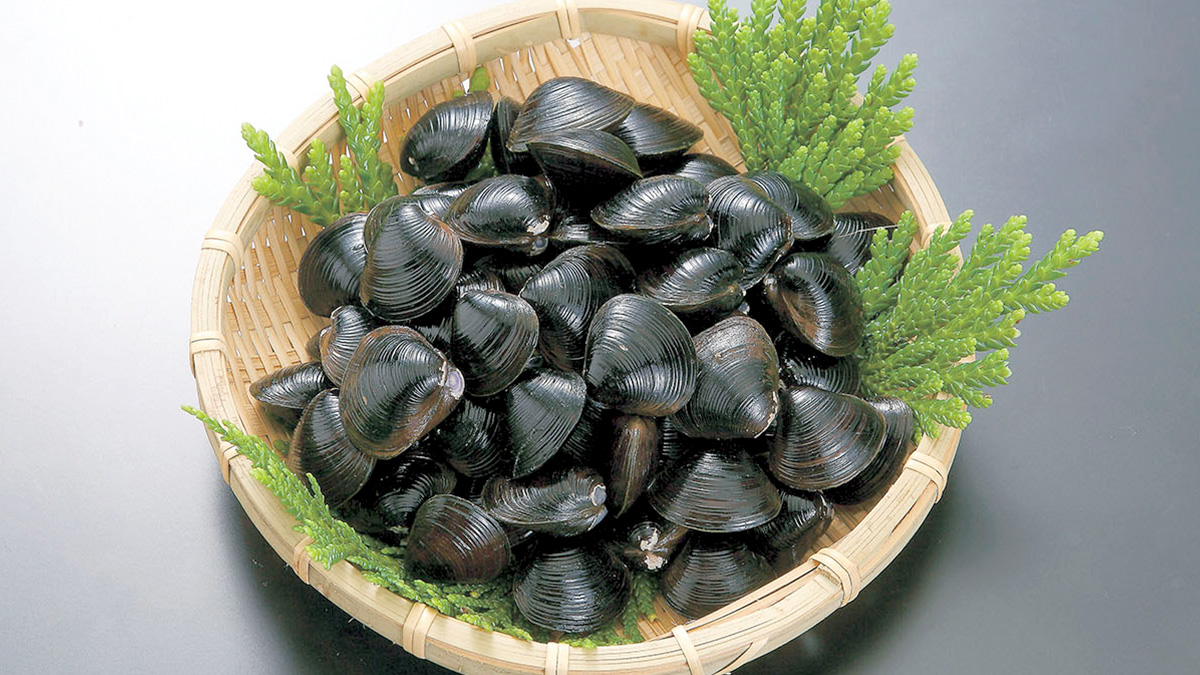
Nurtured from the rich forest and water, Aomori delivers the“Yamato Shijimi” freshwater clam. As the second largest producer of shijimi clam, the quality of Aomori’s clams is well-known as evidenced by its nickname, black diamond, from its beautiful shell. Lake Jusanko and Lake Ogawara in Aomori are brackish water lakes that are ideal for the inhabitation of Yamato shijimi.Lake Jusanko is enriched by the mineral-rich water from the Shirakami Mountains, while the minerals in the water of the Hakkoda Mountains feed Lake Ogawara. These rich water sources give the clams a rich, full flavor.
Shijimi grows approximately 1 to 5 millimeters in a year, reaching a mature size of 18 millimeters in 4 to 5 years. Shijimi makes excellent soup stock, and has substantial meat by itself. The nourishing shijimi with its distinct taste and rich flavor is truly a good food.
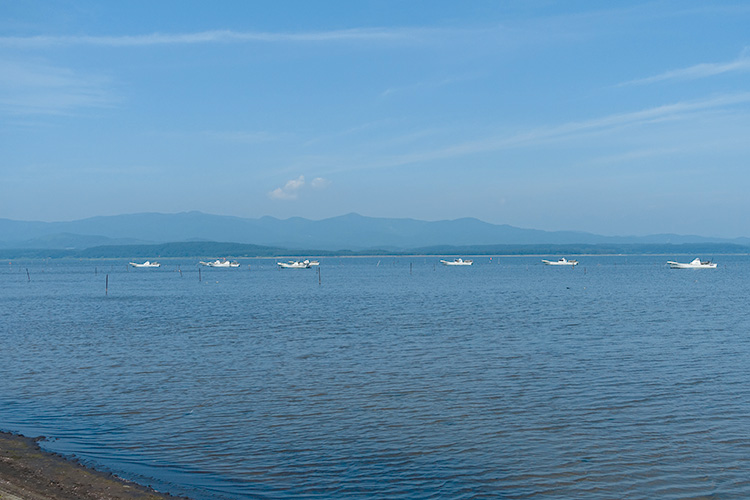

Shijimi clams are in peak season during their spawning season around July and August, reaching its prime in size and rich flavor. Shijimi clams caught in the winter months between December and March, also known as “Kan-shijimi,”are also popular for their firmer flesh and deeper flavor.
The shijimi caught in Lake Jusanko must all meet a minimum size. During the fishing season,some are relocated for breeding and farming to allow for year-around production even during non-fishing seasons.
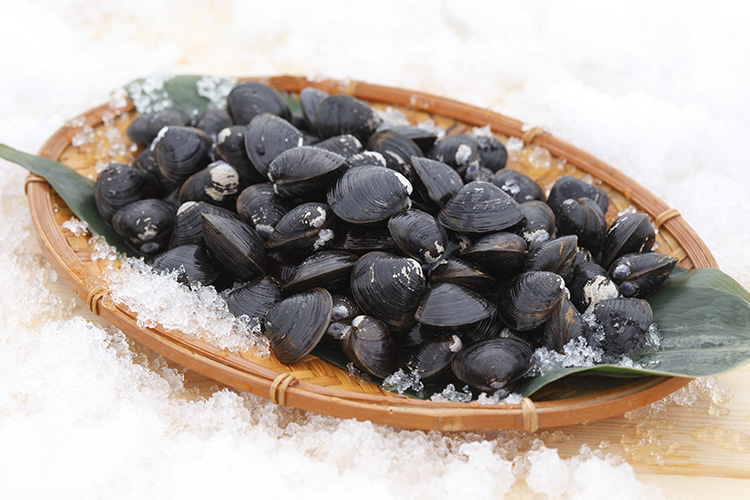
To remove the sand from the shijimi, place it in a bowl with plenty of water. If you use a 1% salt water solution instead of plain water, you can remove the sand without losing any of the umami.
Shijimi-jiru
Ingredients[2~3 servings]
- 250g of Shijimi freshwater clams
- Small amount of green onion
- 600ml of water
- 1.5 tablespoon of Sake
- 1 teaspoon of soy sauce
- 1 teaspoon of salt
Preparation
Rub the shells together to clean them.
Rinse and soak the shells to remove the sand.
*Soak for 4-5 hours in the summer months to avoid spoilage. Soak for about half a day in the winter months.
Directions
- Put 600ml of water in a pot and place the rinsed shijimi. Bring to a boil.
Tip: By putting the shijimi in before boiling, it makes an excellent broth. - Remove the scum as it cooks.
- When the shells open up, add the sake and soy sauce.
Tip: Avoid reaching a boil after the shell mouth open as overcooking the shijimi will toughen the meat and lose the umami favor. - Add salt to adjust the taste to finish.
Tip: Add the salt at the end to prevent the meat from coming off the shell. - Arrange the green onion on the top.
[Freeze it!]
Clams that have been desanded are typically cooked right away, but they can be frozen in small portions and the umami can be preserved.
Research conducted by the Aomori Prefecture Industrial Technology Center has shown that freezing shijimi is not only convenient, but also that the amount of the amino acid ornithine increases by 8 times in the process.
The shijimi is a very easy ingredient to cook with as it can be cooked from frozen.
Links
Aomori Specialty Guide Shellfish, Seaweed, and Other Seafood “Shijimi Freshwater Clam”



